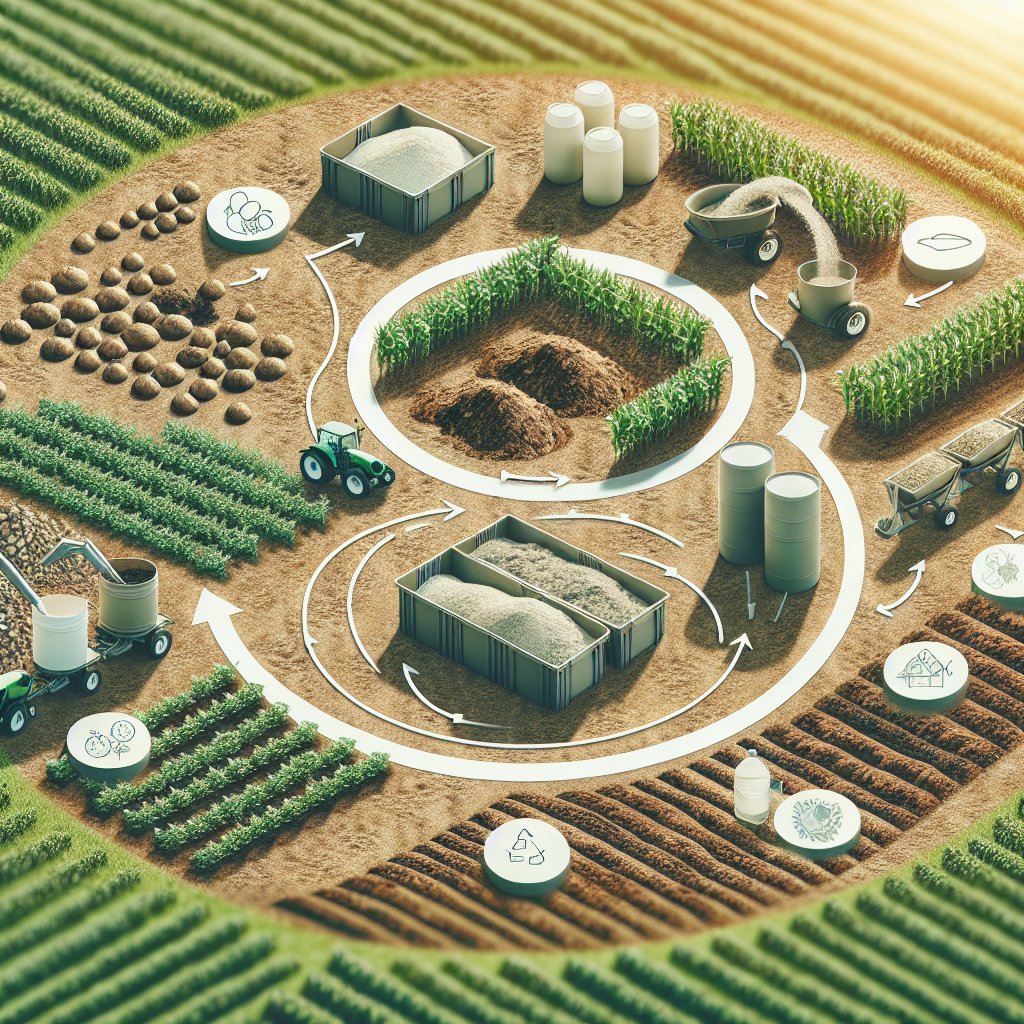Effective management of farm finances and cost reduction are crucial for the sustainability and profitability of agricultural operations. As the agricultural sector faces numerous challenges, including fluctuating market prices, unpredictable weather conditions, and increasing input costs, farmers must adopt strategic financial management practices to ensure their farms remain viable. This article explores various strategies and techniques that can help farmers manage their finances more effectively and reduce operational costs.
Understanding Farm Financial Management
Farm financial management involves the planning, organizing, directing, and controlling of financial activities such as procurement and utilization of funds. It is essential for farmers to have a clear understanding of their financial situation to make informed decisions that will enhance the profitability and sustainability of their operations.
Budgeting and Financial Planning
One of the fundamental aspects of farm financial management is budgeting. A well-prepared budget helps farmers plan for future expenses and revenues, allowing them to allocate resources efficiently. By forecasting income and expenses, farmers can identify potential financial shortfalls and take proactive measures to address them.
Financial planning also involves setting realistic financial goals and developing strategies to achieve them. This includes analyzing past financial performance, assessing current financial conditions, and projecting future financial needs. By having a comprehensive financial plan, farmers can make informed decisions about investments, cost-cutting measures, and other financial activities.
Record Keeping and Financial Analysis
Accurate record-keeping is essential for effective farm financial management. By maintaining detailed records of all financial transactions, farmers can track their income and expenses, monitor cash flow, and evaluate the financial health of their operations. This information is crucial for making informed decisions and identifying areas where cost savings can be achieved.
Financial analysis involves evaluating financial data to assess the performance and profitability of the farm. This includes analyzing financial statements, calculating key financial ratios, and comparing financial performance against industry benchmarks. By regularly analyzing financial data, farmers can identify trends, pinpoint inefficiencies, and make data-driven decisions to improve their financial performance.
Strategies for Reducing Farm Costs
Reducing operational costs is a critical component of farm financial management. By implementing cost-saving strategies, farmers can improve their profit margins and enhance the overall sustainability of their operations. Here are some effective strategies for reducing farm costs:
Optimizing Input Use
One of the most effective ways to reduce farm costs is by optimizing the use of inputs such as seeds, fertilizers, and pesticides. By adopting precision agriculture techniques, farmers can apply inputs more efficiently, reducing waste and lowering costs. This includes using technology such as GPS and drones to monitor crop health and apply inputs only where needed.
Additionally, farmers can explore alternative input options, such as organic fertilizers and pest control methods, which may be more cost-effective and environmentally friendly. By carefully managing input use, farmers can reduce costs while maintaining or even improving crop yields.
Energy Efficiency and Renewable Energy
Energy costs can be a significant expense for farms, particularly those with high energy demands such as dairy or poultry operations. By improving energy efficiency, farmers can reduce their energy costs and increase their profitability. This includes upgrading to energy-efficient equipment, implementing energy-saving practices, and conducting regular energy audits to identify areas for improvement.
Investing in renewable energy sources, such as solar or wind power, can also help farmers reduce their energy costs and decrease their reliance on fossil fuels. By generating their own energy, farmers can lower their utility bills and potentially earn additional income by selling excess energy back to the grid.
Labor Management
Labor is another significant cost for many farms, and effective labor management can lead to substantial cost savings. This includes optimizing labor schedules, investing in labor-saving technologies, and providing training to improve worker efficiency. By streamlining labor operations, farmers can reduce labor costs while maintaining productivity.
Additionally, farmers can explore alternative labor arrangements, such as hiring seasonal workers or collaborating with neighboring farms to share labor resources. By being flexible and innovative in their labor management practices, farmers can reduce costs and improve their bottom line.
Conclusion
Managing farm finances and reducing costs are essential for the long-term success and sustainability of agricultural operations. By implementing effective financial management practices and adopting cost-saving strategies, farmers can enhance their profitability and resilience in the face of economic and environmental challenges. Through careful planning, analysis, and innovation, farmers can ensure their operations remain viable and competitive in an ever-changing agricultural landscape.



